Fungi naturally produce all the ingredients needed for a cruelty-free meat substitute. Our scientists are exploring how tuning the genomes of mushrooms and molds can transform these food sources into gourmet, nutrient-packed meals made with minimal processing and a light environmental footprint.
Tag: Synthetic Biology
Exploring the Transferability of Extracytoplasmic Function Switches Across Bacterial Species
Extracytoplasmic function sigma factors (ECFs) have been successfully used for constructing predictable artificial gene circuits bacteria like Escherichia coli, but their transferability between species within the same phylum remained unknown.
Conversations with plants: Can we provide plants with advance warning of impending dangers?
Imagine if humans could ‘talk’ to plants and warn them of approaching pest attacks or extreme weather. A team of plant scientists at the Sainsbury Laboratory Cambridge University (SLCU) would like to turn this science fiction into reality using light-based messaging to ‘talk’ to plants.
Fast-Track Strain Engineering for Speedy Biomanufacturing
Berkeley Lab scientists are accelerating and streamlining the process of engineering microbes to produce important compounds with commercial-ready efficiency.
Submit proposal for research funding opportunity at EMSL, a Department of Energy scientific facility
The Environmental Molecular Sciences Laboratory (EMSL) is seeking biological and environmental science project proposals for the Fiscal Year 2024 Exploratory Research Call through 5 p.m. on Thursday, July 6.
Transforming plants into allies in the fight against climate change
Nature-based solutions are an effective tool to combat climate change triggered by rising carbon emissions, whether it’s by clearing the skies with bio-based aviation fuels or boosting natural carbon sinks. At the Department of Energy’s Oak Ridge National Laboratory, scientists are leading research to transform plants into key drivers of decarbonization, from creating biomass crops for new fuels to enhancing the ability of plants to absorb and store carbon.
Engineering team receives $3.6M to combat plastic waste
Plastics transformed engineering in the past century, but they also transformed the environment in ways that will take millennia to repair. Washington University in St. Louis is leading a new effort to address the grand challenge of developing the next generation of high-performance, sustainably sourced and biodegradable plastics that advance engineering while also protecting the environment.
Designing More Useful Bacteria
In a step forward for genetic engineering and synthetic biology, researchers have modified a strain of Escherichia coli bacteria to be immune to natural viral infections while also minimizing the potential for the bacteria or their modified genes to escape into the wild.
Neuroscience Tool’s Structure May Lead to Next Gen Versions
A University of Maryland School of Medicine researcher and his colleagues at the University of North Carolina Chapel Hill have unveiled the structure of DREADDs (Designer Receptors Activated by Designer Drugs) that will pave the way for creating the next generation of these tools. This step ultimately will bring them closer to an elusive goal — understanding the underpinnings of brain disorders and develop new treatments.
Therapeutic Potential of Bizarre ‘Jumbo’ Viruses Tapped for $10M HHMI Emerging Pathogens Project
UC San Diego and its collaborating partners have been awarded $10 million from the Howard Hughes Medical Institute to leverage the biomedical promise of viruses known as bacteriophages as new therapeutic agents in the fight against the rising crisis of antibiotic-resistant bacterial infections.
Chatterboxes: FSU researcher develops new model that shows how bacteria communicate
In new research published by Biophysical Reports, researchers from Florida State University and Cleveland State University lay out a mathematical model that explains how bacteria communicate within a larger ecosystem. By understanding how this process works, researchers can predict what actions might elicit certain environmental responses from a bacterial community.
NIH launches intramural bioengineering center to foster technology collaboration across the agency
NIBIB has established the Center for Biomedical Engineering Technology Acceleration—BETA Center, a new intramural research program to solve a range of medicine’s most pressing problems. The BETA Center will serve the wider NIH intramural research program as a biotechnology resource and catalyst for NIH research discoveries.
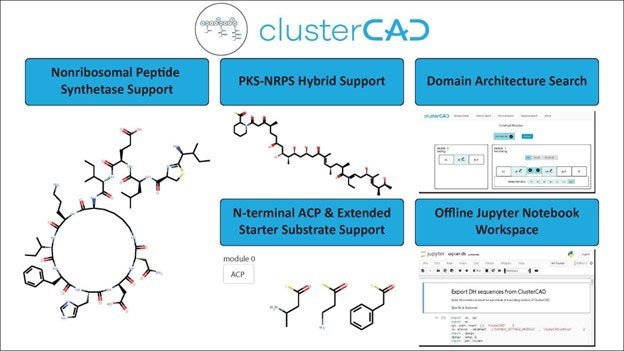
Online Tool Can Help Researchers Synthesize Millions of Molecules
The enzymes polyketide synthases and nonribosomal peptide synthetases can shuffle their parts, allowing them to produce new chemicals. To help scientists design these enzymes, researchers have improved ClusterCAD. This tool helps users modify these enzymes for synthetic biology applications. New improvements include an expanded database, powerful search tools, and helpful new features within the interface.
Bringing custom microbes to the business of recycling plastic
Scientists working on a solution for plastic waste have developed a two-step chemical and biological process to break down and upcycle mixed plastics into valuable bioproducts.
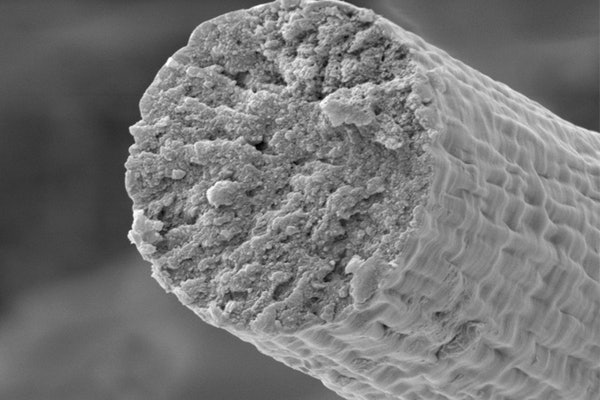
NSF grant to help Zhang lab build better muscle with synthetic biology
Researchers at the McKelvey School of Engineering at Washington University in St. Louis have developed a synthetic chemistry approach to polymerize proteins inside of engineered microbes.
Bacteria for Blastoff: Using Microbes to Make Supercharged New Rocket Fuel
Scientists used an oddball molecule made by bacteria to develop a new class of biofuels predicted to have greater energy density than any petroleum product, including the leading aviation and rocket fuels.

WashU engineers developing therapy to regenerate blood vessels, muscle with NIH grant
A $2.3 million National Institutes of Health (NIH) grant will fund Jianjun Guan and Fuzhong Zhang’s effort to develop and deliver therapeutic proteins to help treat injured limbs.
Recycling Greenhouse Gases with Biotechnology
Industry produces acetone and isopropanol using processes that release carbon dioxide and other greenhouse gases. Researchers have now developed a new fermentation process that efficiently converts waste carbon oxide gases into acetone and isopropanol. This use of engineered bacteria advances progress on “carbon-negative” biomanufacturing for more sustainable industrial production and reduced greenhouse gas emissions.
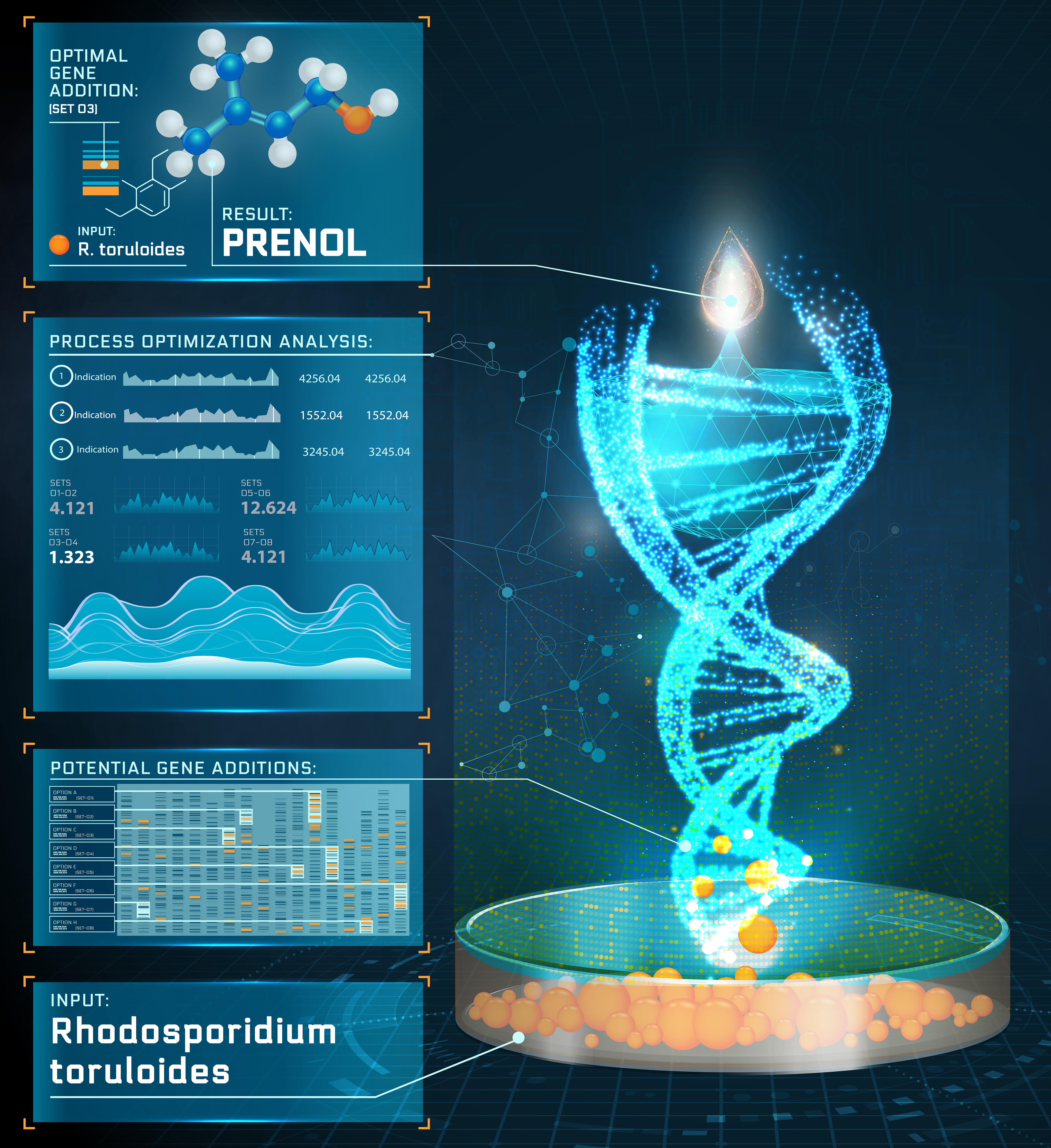
Pathways to production
Biologists at Sandia National Laboratories developed comprehensive software that will help scientists in a variety of industries create engineered chemicals more quickly and easily. Sandia is now looking to license the software for commercial use, researchers said.
Keeping Bacteria Under Lock and Key
University of Delaware’s Aditya Kunjapur, assistant professor of chemical and biomolecular engineering and an emerging leader in biosecurity with expertise in teaching cells to create and harness chemical building blocks not found in nature, is the lead author of a new paper published in Science Advances that describes progress on the stability of a biocontainment strategy that uses a microbe’s dependence on a synthetic nutrient to keep it contained.
Computers design precise genetic programs
A change of instructions in a computer program directs the computer to execute a different command. Similarly, synthetic biologists are learning the rules for how to direct the activities of human cells.
How Cells “Read” Artificial Ingredients Tossed into Genetic Recipe
UC San Diego School of Medicine researchers discovered that the enzyme RNA polymerase II recognizes and transcribes artificially added base pairs in genetic code, a new insight that could help advance the development of new vaccines and medicines.
SLAS Discovery’s “A Perspective on Synthetic Biology in Drug Discovery and Development—Current Impact and Future Opportunities” Available Now
The June edition of SLAS Discovery features the cover article, “A Perspective on Synthetic Biology in Drug Discovery and Development—Current Impact and Future Opportunities” by Florian David, Ph.D. (Chalmers University of Technology, Gothenburg, Sweden), Andrew M. Davis, Ph.D. (AstraZeneca, Cambridge, England, UK). Michael Gossing, Ph.D., Martin A. Hayes, Ph.D., and Elvira Romero, Ph.D., and Louis H. Scott, Ph.D. (AstraZeneca, Gothenburg, Sweden), and Mark J. Wigglesworth, Ph.D. (AstraZeneca, London, England, UK).
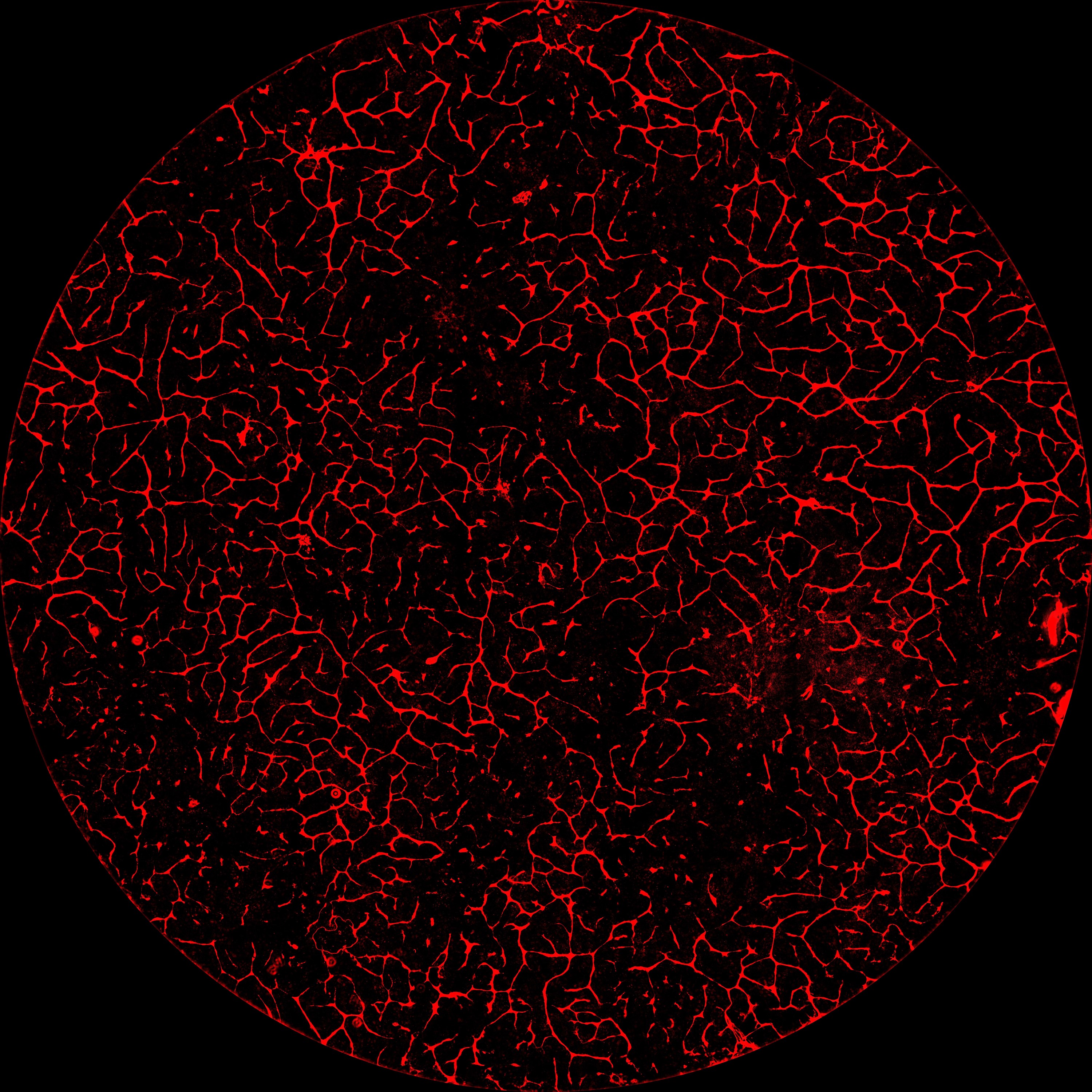
Synthetic Biology and Machine Learning Speed the Creation of Lab-Grown Livers
Researchers at the University of Pittsburgh School of Medicine have combined synthetic biology with a machine learning algorithm to create human liver organoids with blood and bile handling systems. When implanted into mice with failing livers, the lab-grown replacement livers extended life.
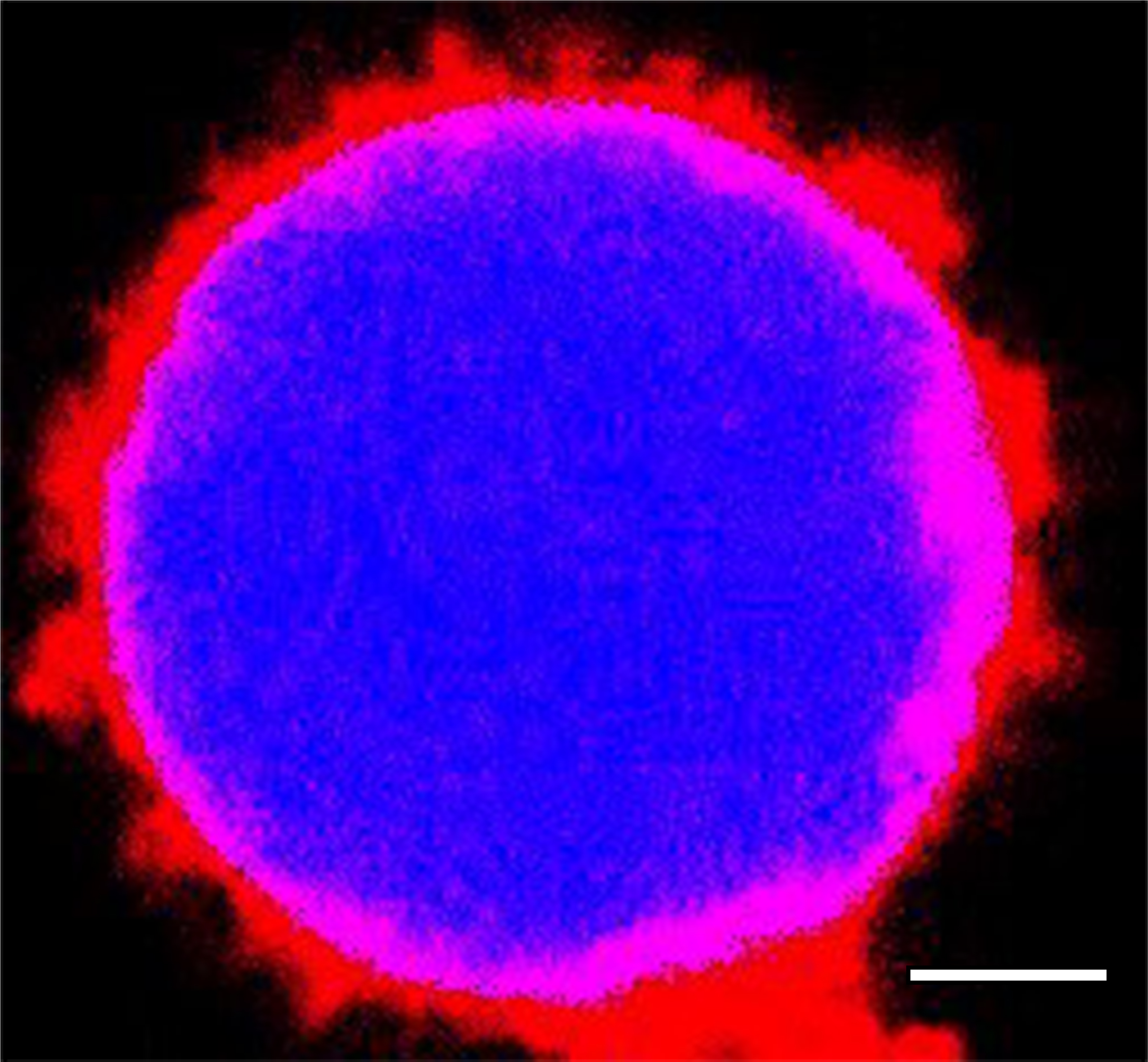
Biofriendly protocells pump up blood vessels
In a new study published today in Nature Chemistry, Professor Stephen Mann and Dr Mei Li from Bristol’s School of Chemistry, together with Associate Professor Jianbo Liu and colleagues at Hunan University and Central South University in China, prepared synthetic protocells coated in red blood cell fragments for use as nitric oxide generating bio-bots within blood vessels.
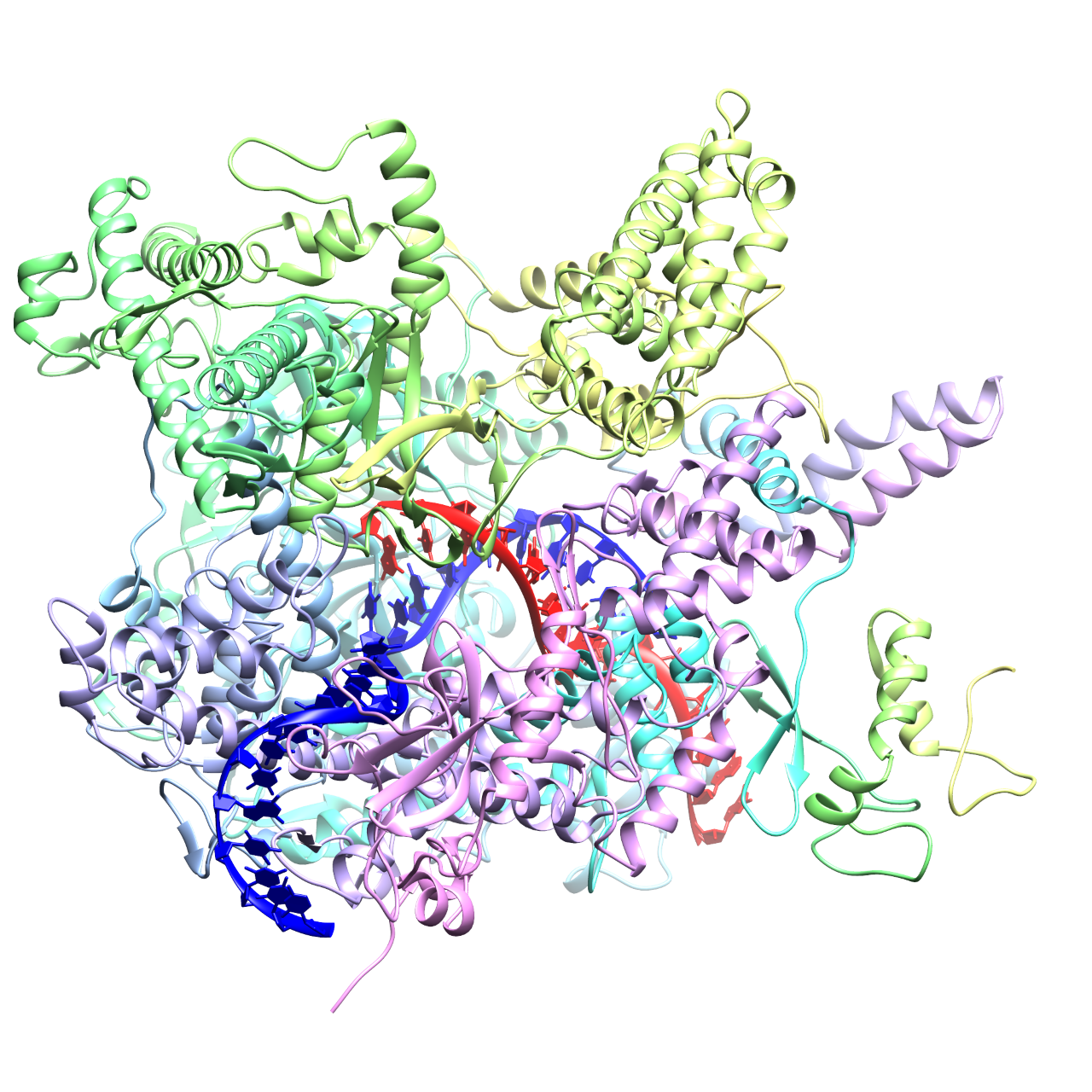
Gut Microbiome Manipulation Could Result from Virus Discovery
Scientists have discovered how a common virus in the human gut infects and takes over bacterial cells – a finding that could be used to control the composition of the gut microbiome, which is important for human health. The Rutgers co-authored research, which could aid efforts to engineer beneficial bacteria that produce medicines and fuels and clean up pollutants, is published in the journal Nature.
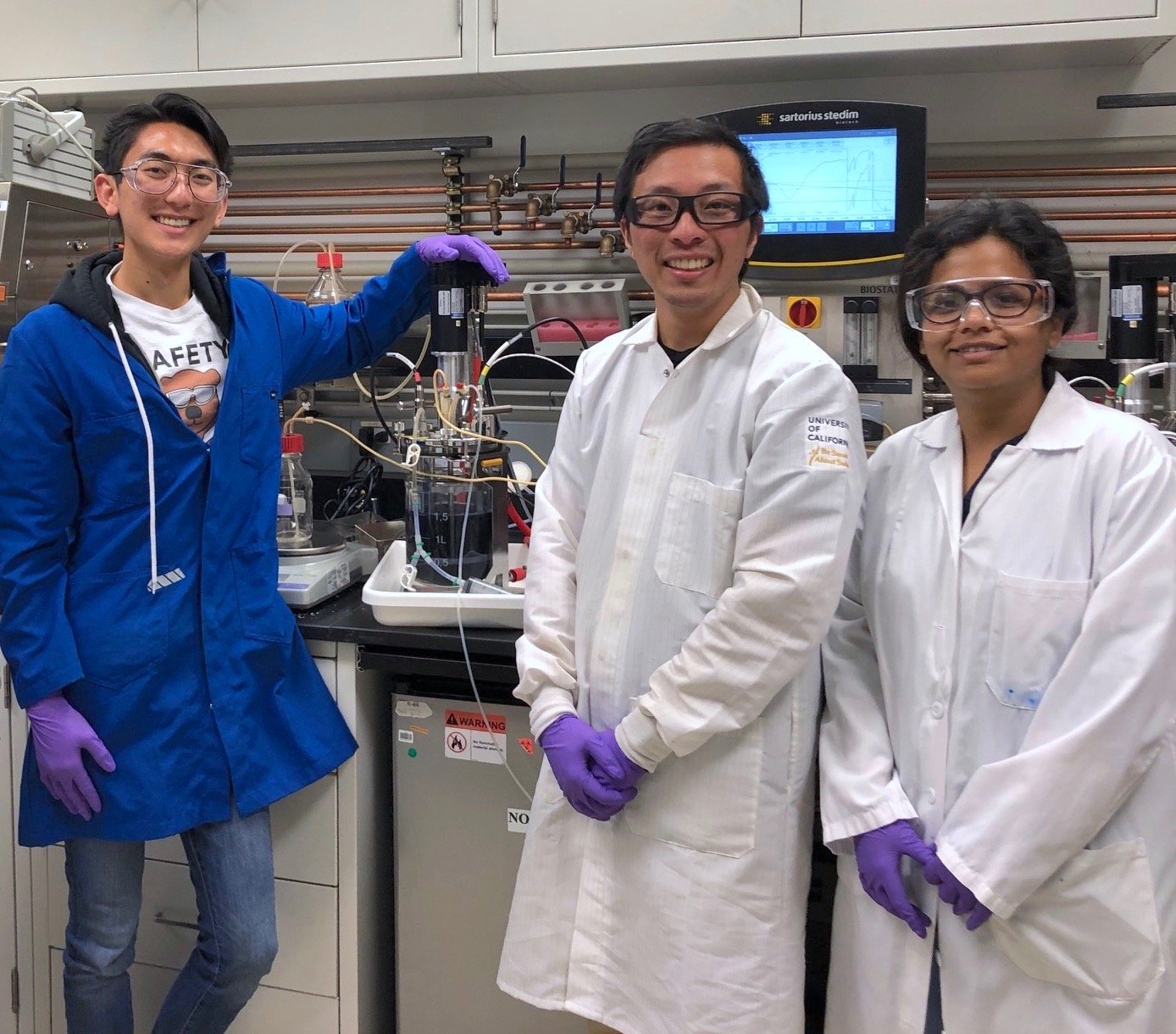
Microbe “Rewiring” Technique Promises a Boom in Biomanufacturing
Berkeley Lab researchers have achieved unprecedented success in modifying a microbe to efficiently produce a compound of interest using a computational model and CRISPR-based gene editing. Their approach could dramatically speed up the research and development phase for new biomanufacturing processes, getting advanced bio-based products, such as sustainable fuels and plastic alternatives, on the shelves faster.
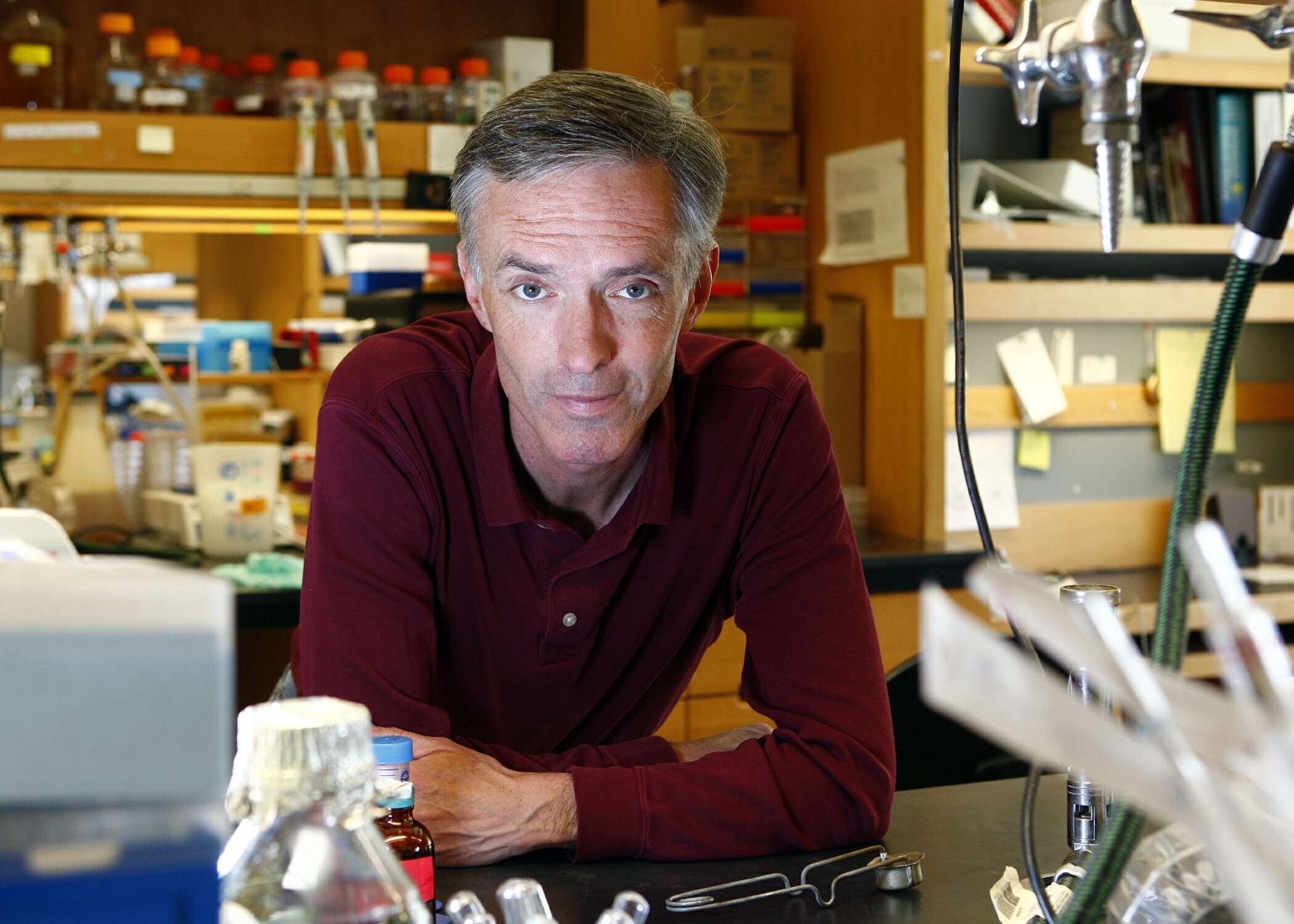
2020 Dickson Prize in Medicine Awarded to Pioneer Researcher in Synthetic Biology
James J. Collins, Ph.D., an innovator in synthetic biology whose ideas have contributed to novel diagnostics and treatments targeting infections and complex diseases, has been awarded the 2020 Dickson Prize in Medicine, the University of Pittsburgh School of Medicine’s highest honor.
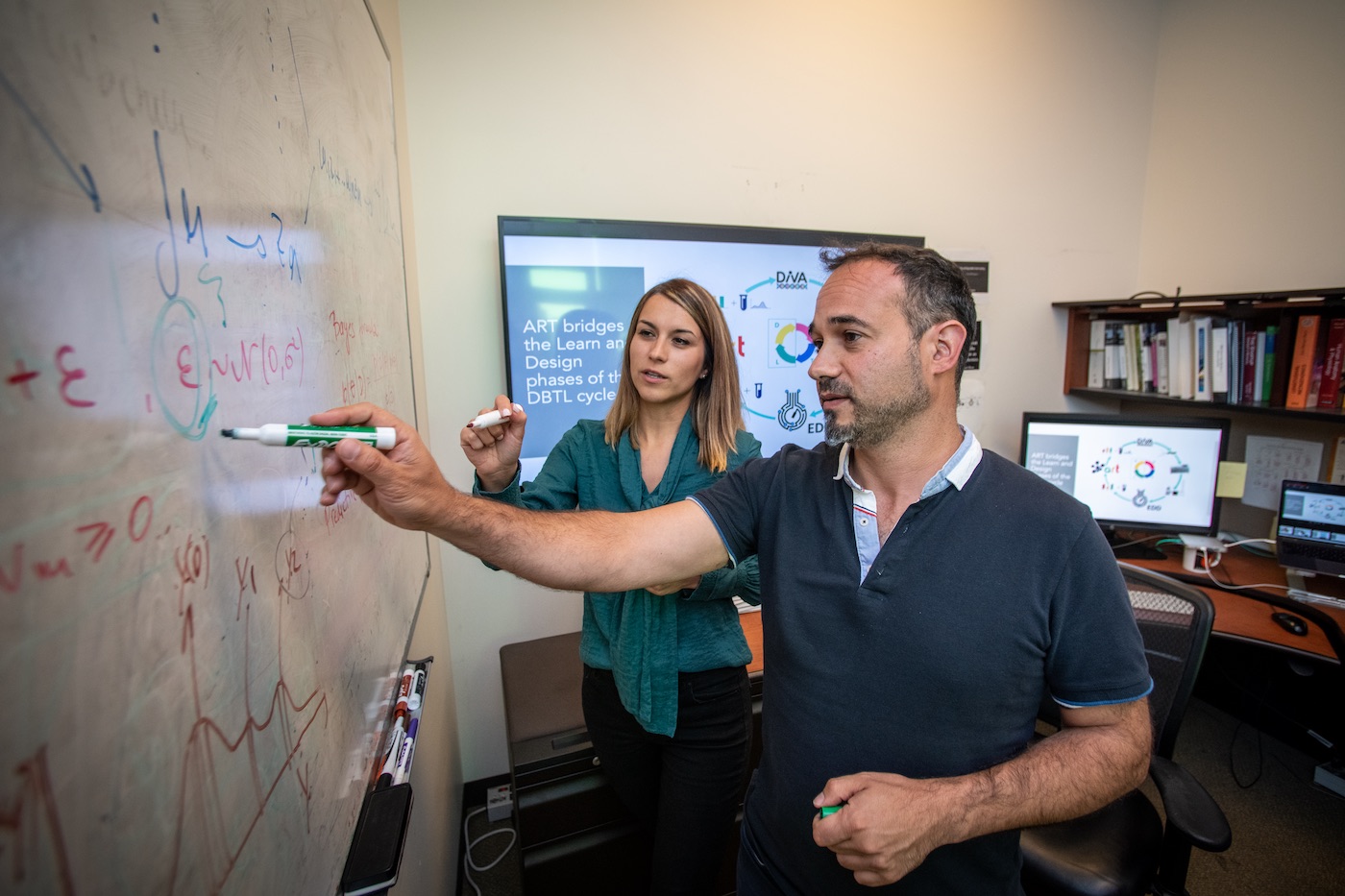
Machine Learning Takes on Synthetic Biology: Algorithms Can Bioengineer Cells for You
Scientists at Lawrence Berkeley National Laboratory have developed a new tool that adapts machine learning algorithms to the needs of synthetic biology to guide development systematically. The innovation means scientists will not have to spend years developing a meticulous understanding of each part of a cell and what it does in order to manipulate it.
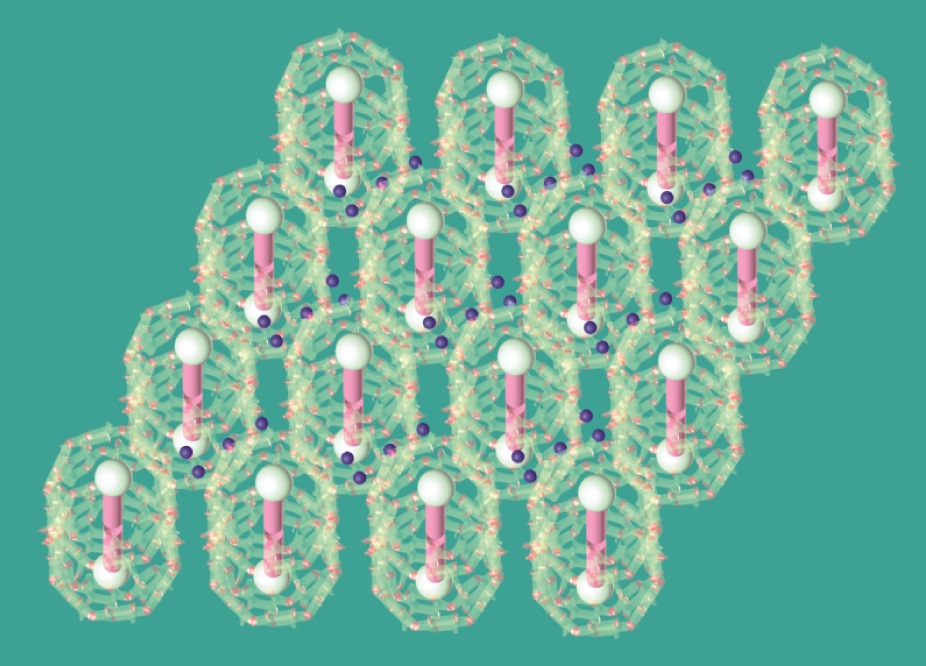
Sleuthing Their Way to Discovery with a New Microscope
Researchers develop the new “transient vibrational sum-frequency generation microscope,” giving them a thorough view of molecular systems—not just single traits of molecules.

Engineers developing no-touch, mail-in, fast-scan test for COVID-19, other outbreaks
Engineers are developing a no-touch, mail-in, fast-scan diagnostic sensing system that could be used to quickly test for COVID-19 or other outbreaks. The system would also produce a real-time outbreak map with demographic details.
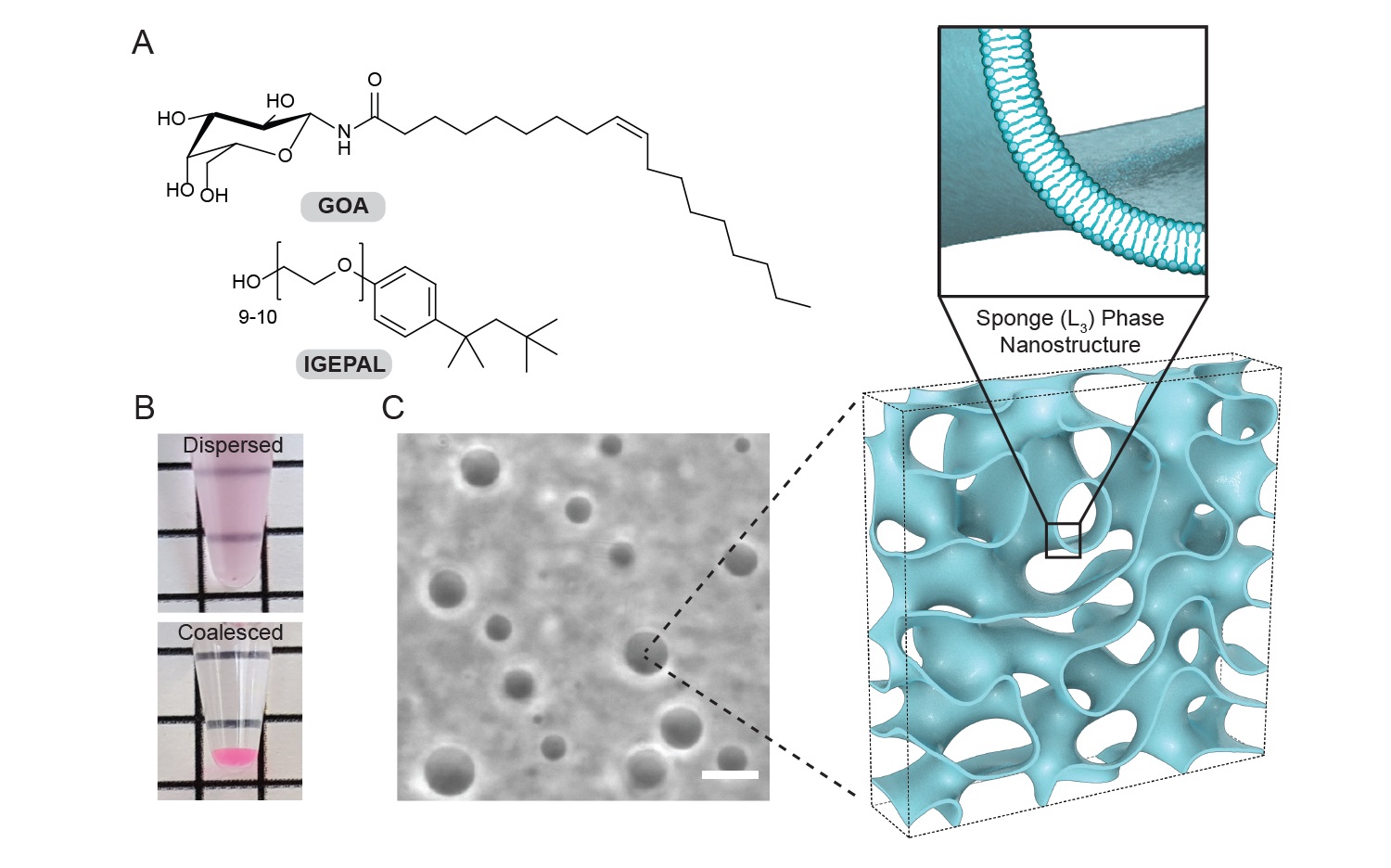
Scientists Team Up to Create Spongy Droplets that Mimic Cellular Organelles
Taking a bottom-up approach to synthetic biology, UC San Diego chemists and physicists show that lipid sponge droplets can be programmed to internally concentrate specific proteins, host and accelerate biochemical transformations and control enzymatic reactions.
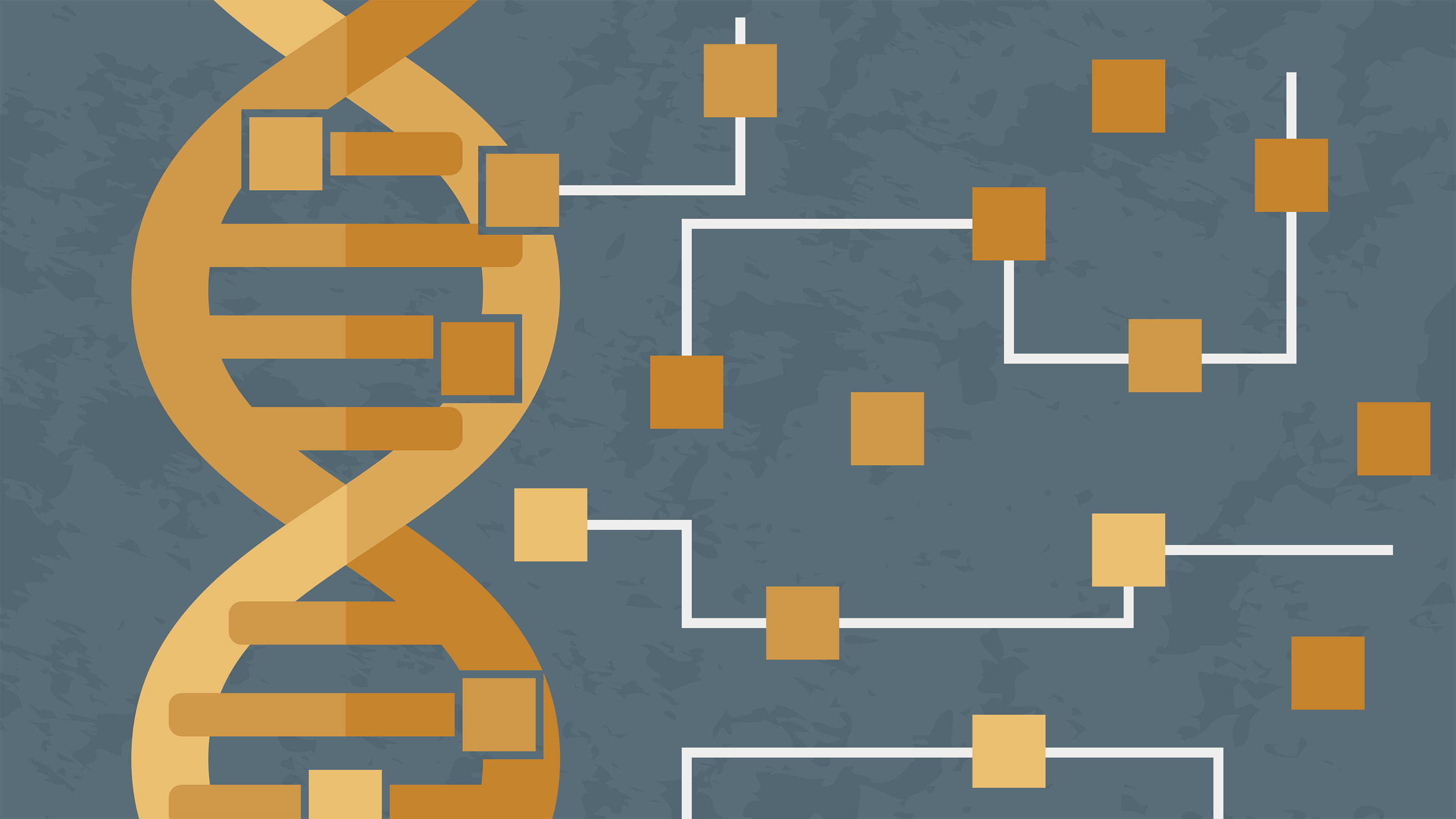
Researchers reveal new understandings of synthetic gene circuits
Recent discoveries by two research teams in the Ira A. Fulton Schools of Engineering at Arizona State University are advancing the field of synthetic biology. Results from a research collaboration between the lab groups of Assistant Professor Xiaojun Tian and Associate Professor have revealed novel ways that engineered gene circuits interact with biological host cells.

Team builds the first living robots
Scientists repurposed living frog cells—and assembled them into entirely new life-forms. These tiny “xenobots” can move toward a target and heal themselves after being cut. These novel living machines are neither a traditional robot nor a known species of animal. They’re a new class of artifact: a living, programmable organism.

The Wild World of Microbe-Made Products – Skis Now Included
Biomanufacturing – harnessing biological processes in cells and microbes to design and manufacture products – is revolutionizing how we make everything from futuristic consumer goods to sustainable fuels to breakthrough medicines. Every biomanufactured product can be traced back to discoveries in the lab, but translating that science into a real-world product can be tricky. Berkeley Lab helps move great ideas, like outdoor gear made from algae oil, from conception to commercialization.
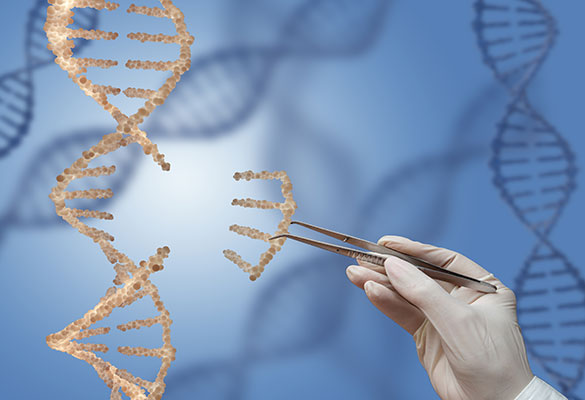
Scientists unveil search-and-replace genome editing
Researchers have designed a more precise and versatile genome editing system, named prime editing, that harnesses the power of CRISPR-Cas9 in combination with another protein, reverse transcriptase, to directly edit DNA in human cells.